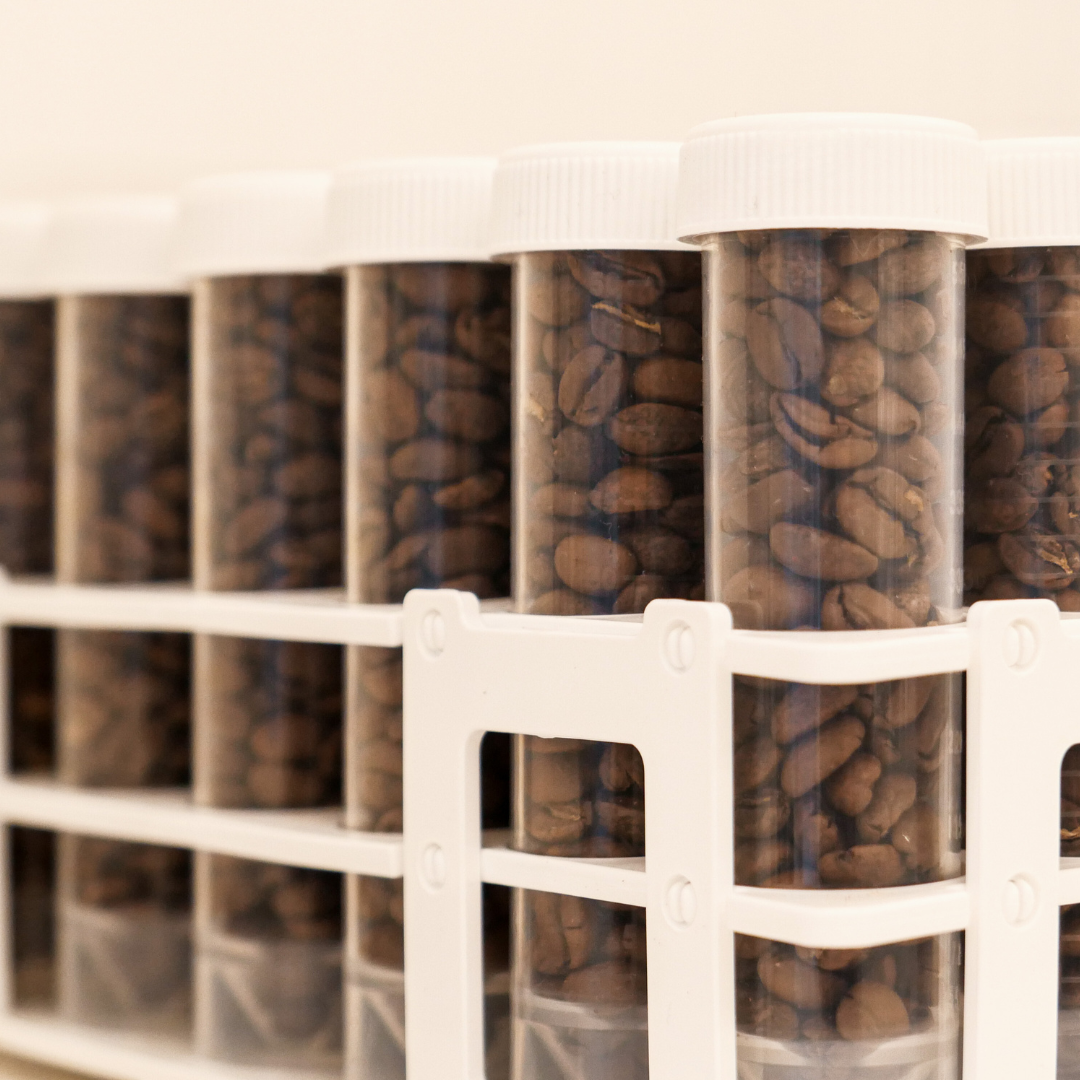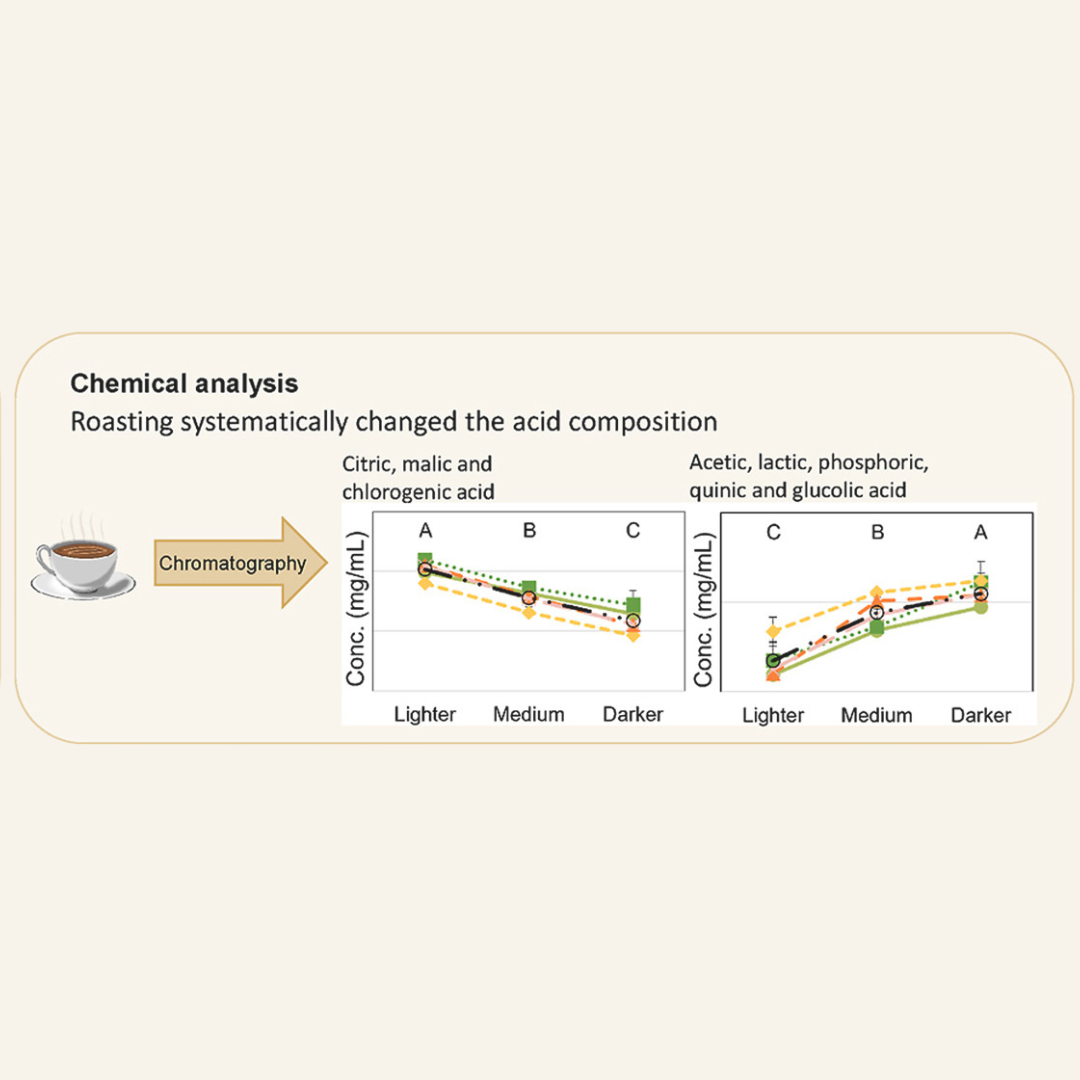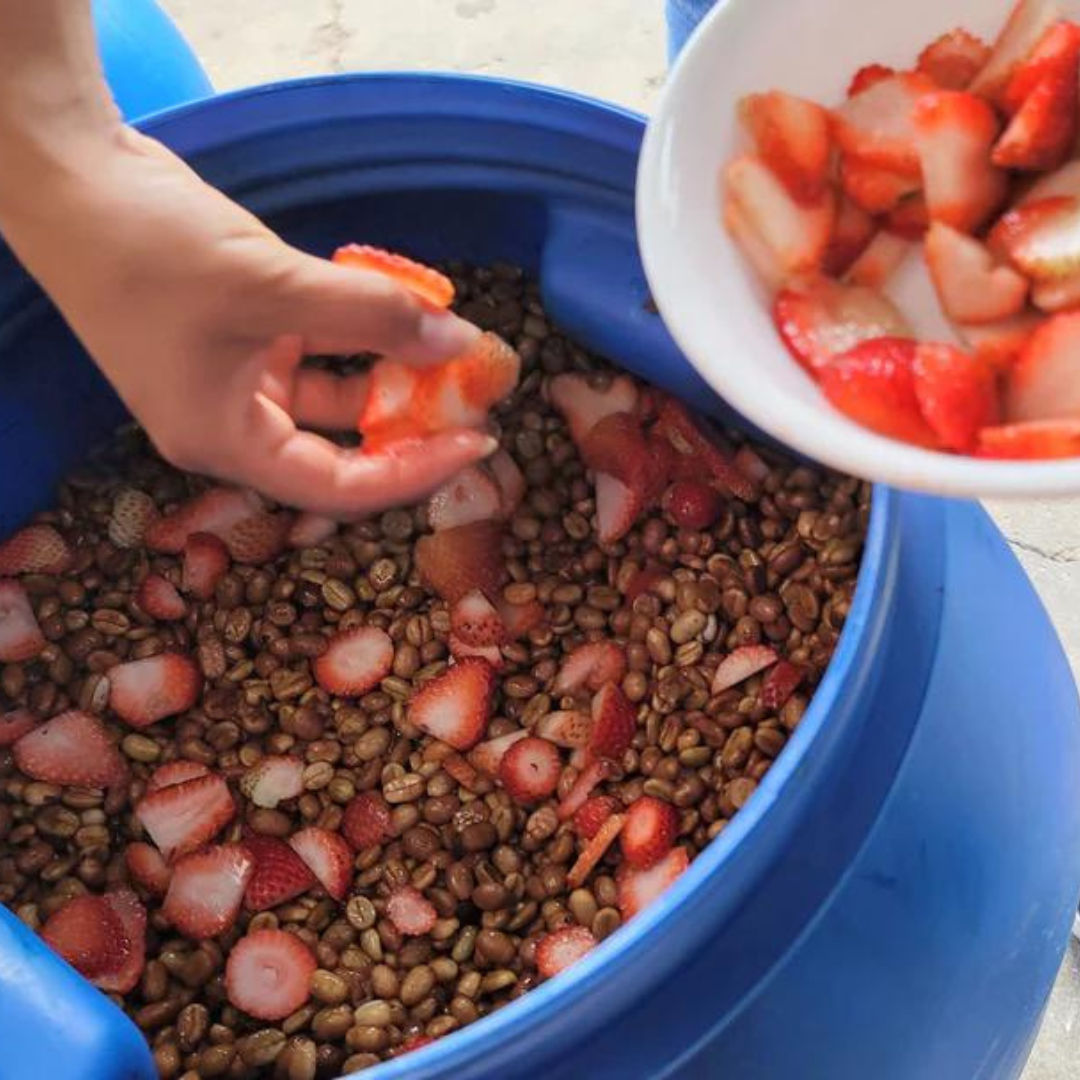Resting coffee is crucial when it comes to brewing. Water liberates CO2 when it hits the coffee grounds, which affects the extraction process. Fresher coffee produces a more substantial bloom in filter coffee, indicating CO2 release. However, excessive CO2 can disrupt the extraction process in intense brewing methods like espresso, leading to suboptimal results.
Resting coffee begins with roasting, which produces carbon dioxide (CO2) as a byproduct. Although most of this CO2 escapes during roasting, some remain trapped inside the beans. The degree of roasting affects the amount of CO2 and the density of the beans. Light roasts produce less CO2 but denser beans, making the gas's escape harder. In contrast, dark roasts produce more porous beans that release CO2 faster. Additionally, the coffee's origin (altitude) affects how fast or slow the beans degas.
Factors Affecting Resting and Storage:
The temperature at which coffee is stored significantly impacts degassing. Warmer environments accelerate degassing but also expedite staling reactions. Storage containers with valves allow CO2 to escape but not fresh oxygen in. Freezing coffee might extend resting times, while vacuum chambers can create misconceptions due to equalizing pressure.
Recommendations for Resting Coffee:
For filter coffee, it is recommended to wait five to seven days for good storage, with lighter roasts benefiting from a longer resting period. Espresso, being more sensitive, may require around 10 days of resting for light roasts and eight to 10 days for medium roasts and darker roasts. Ambient storage conditions, freezing, and altitude should be considered for optimal results.
Shortcutting?
In some cases, you can expedite the resting period by a method called quenching, which involves spraying a fine mist of water onto hot coffee beans. This method rapidly cools the beans and promotes CO2 outgassing. However, it may affect the overall taste and is not recommended for regular use.
Conclusion
Resting coffee is a nuanced practice that enhances the brewing experience. While it's essential to understand the science behind it, don't let resting become a source of stress. Experiment with the recommendations, pay attention to your coffee's characteristics, and, most importantly, savour the joy of enjoying a well-brewed cup. Share your experiences and thoughts in the comments, and happy brewing!
Resting Coffee?
Posted by Nate Lee on



